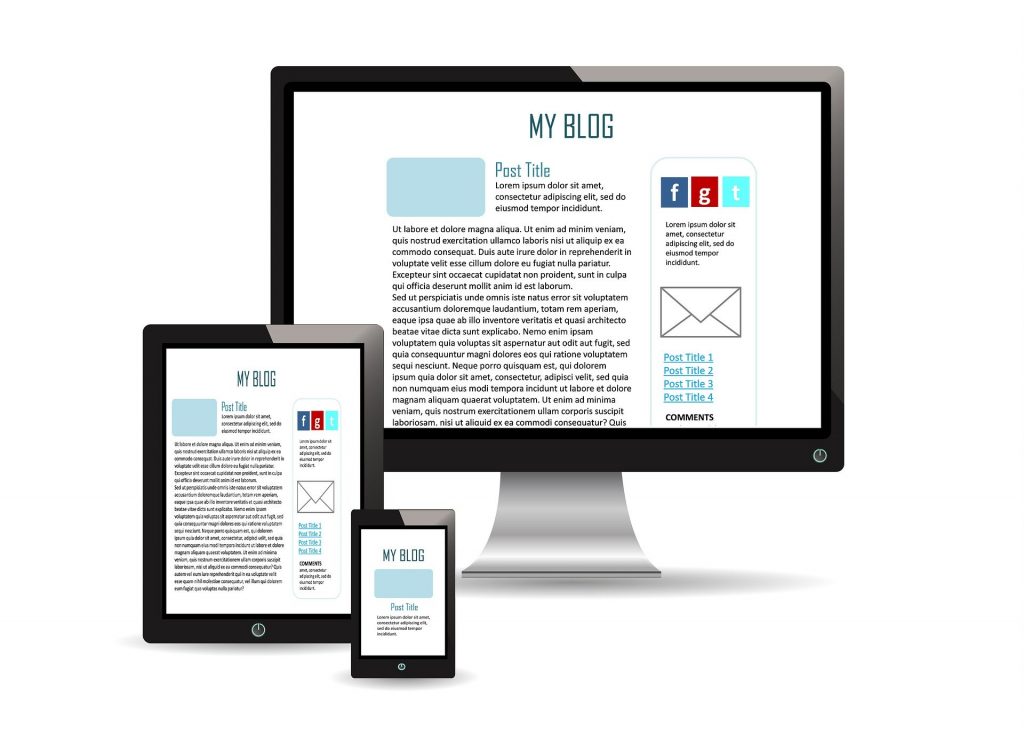FYC Classrooms in the Digital Age

Multimodality — it is a buzz word that tends to bring forth mixed emotions for both professors and students alike. Technology seems to be here to stay, and with the emergence of digital media platforms (social media, eBooks, blogs, and digital learning structures), it has become increasingly more imperative for English composition instructors to expose students to the conventions of writing in these types of mediums. As an incoming English composition teacher, I consider it my duty to prepare students for writing across the curriculum, as well as for life beyond the walls of an academic institution. In previous blog posts, I have thoroughly discussed my intention of structuring the course as a methods-process based design in lieu of product-based only. However, as Alexander Reid explains, “Some writing instructors view emerging technologies with great enthusiasm; others view them as a threat” (185).
Being from a pre-technological advancement era, I understand the apprehension in embracing multimedia components in a college-level classroom focused on writing. With only sixteen weeks per semester and classes that last only fifty minutes three times a week, there is so much to be covered. The question becomes, how do I effectively teach students grammar instruction, writing instruction, composition theory (so they understand the why behind what they are being asked to do), as well as how to write for multiple audiences not only within varying genres but also across numerous modes of publications/platforms?

The question is actually quite daunting, and while I find myself in this very scenario, I try to remain focused on Reid’s perspective, “Writers write. A course that takes as its objective the development of writers must begin and end with writing as an activity, and the amount of writing that students do should not be limited by the instructor’s ability to respond to the writing” (187). Bingo! My takeaway is this — just keep students writing! Regardless of the platform used, genre, or audience targeted, all writing and assignments do not need to be instructor graded. Since writers write, what better way to continuously support the course objectives and learning outcomes than to consistently provide students the opportunity to . . . JUST WRITE!

Keeping the concept of “writing” in mind, while attempting to continuously expose students to multimodal writing, I have begun to design unit four of my English 1101 course design. The final project/essay will incorporate light research and multimodality. Students will research a topic (still working on the exact nature and/or origin of the topic) and compose an annotated bibliography to organize their research and prepare for English 1102 (the second course of the one-year sequence). Students will be expected to write a summary/analysis of research that will be relatively short, approximately 2-3 pages plus works cited page.
Next, students will utilize the same research information from the essay and create a multimodal project.
Examples of multimodal mediums that may be incorporated into the final product are blog posts, brochures, webpages, and PowerPoint presentations.

The purpose of the assignment is to teach students first-hand how writing can be adapted not only across various genres but also across varying mediums. Technology is here to stay, and finding a way to incorporate said technology in composition classrooms will only strengthen students’ confidence in the art of writing, as well as provide real-world examples of why the concepts taught in English composition are of vital importance to life outside of academia.
Works Cited
Altmann, Gerd. Pixabay, 2020, pixabay.com/illustrations/light-bulb-think-idea-solution-2010022/.
Altmann, Gerd. Pixabay, 2020, pixabay.com/illustrations/interaction-social-media-abstract-1233873/.
Pexels. Pixabay, 2020, pixabay.com/photos/adult-diary-journal-notebook-book-1850177/.
Reid, Alexander. “The Activity of Writing: Affinity and Affect in Composition.” First-Year Composition: From Theory to Practice, edited by Coxwell-Teague, Deborah and Ronald F. Lunsford, Parlor Press, 2014, pp. 184-210.
Tumisu. Pixabay, 2020, pixabay.com/illustrations/blog-blogging-blogger-computer-492184/.